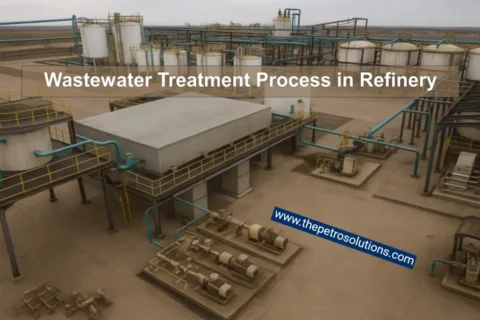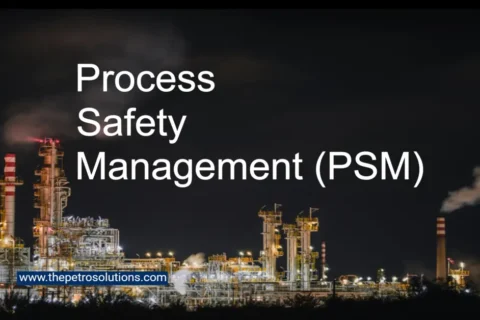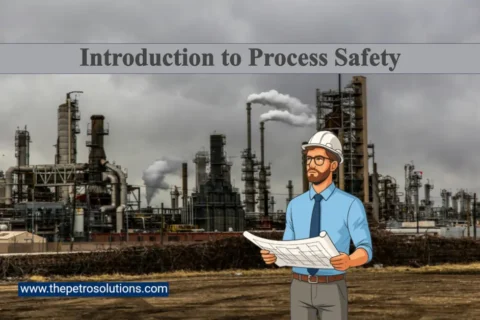Layer of Protection Analysis (LOPA) is a widely used risk assessment method that helps industries evaluate and manage process safety risks. It offers a structured approach to assessing hazards and determining if sufficient safeguards are in place. While LOPA is an effective tool, it also has its limitations. This article explores both the benefits and the challenges of using LOPA in risk management.
Benefits of LOPA
LOPA offers several advantages that make it a valuable tool for risk analysts and company management. Some key benefits include:
1. Faster Than Quantitative Risk Analysis
LOPA requires less time compared to a full quantitative risk assessment, making it particularly useful for complex scenarios where qualitative methods are insufficient.
2. Supports Better Decision-Making
LOPA provides a clear and consistent framework for estimating risk. This helps organizations move away from subjective or emotional decision-making, allowing for more logical risk management.
3. Improves Efficiency in Hazard Evaluations
By offering a structured approach, LOPA helps teams reach risk-based decisions faster, making hazard evaluation meetings more productive.
4. Enhances Scenario Identification
LOPA facilitates the identification of specific cause-and-consequence relationships, leading to a more accurate understanding of risks.
5. Enables Risk Comparisons Across Units and Plants
When applied consistently, LOPA allows companies to compare risk levels across different units or facilities, ensuring uniform safety standards.
6. Provides Stronger Risk Justification
Unlike qualitative methods, LOPA assigns specific values to risk factors, making risk assessments more defensible and easier to document.
7. Helps in Meeting Regulatory Requirements
LOPA can assist organizations in demonstrating that their risk is “As Low As Reasonably Practicable” (ALARP), helping to comply with industry safety regulations.
8. Identifies Gaps in Safety Measures
Through detailed analysis, LOPA can highlight operations that may lack sufficient safeguards, even when they were previously considered safe.
9. Aids in Defining Safety System Requirements
LOPA helps establish SIL of SIFs and functional requirements for safety systems, aligning with standards such as IEC 61508 and IEC 61511.
10. Guides Maintenance and Training Priorities
By identifying Independent Protection Layers (IPLs), LOPA helps companies focus on maintaining and testing the most critical safeguards while deprioritizing others. This helps in identification of safety critical devices of a process plant.
11. Assists in Accident Investigations
LOPA can be used to analyze incidents by identifying which layers of protection failed, helping to prevent future accidents. Further, it also helps in analyzing the accident scenarios and improving Emergency Response Plan.
Limitations of LOPA
Despite its benefits, LOPA is not a one-size-fits-all solution. It has some key limitations that must be considered:
1. Results Depend on Consistent Application
The validity of LOPA risk comparisons relies on using the same method across all scenarios, including consistent failure data and risk tolerance criteria.
2. Provides Estimates, Not Exact Values
LOPA calculations do not generate precise risk values. Instead, they provide conservative estimates, similar to other risk analysis methods. There is also a cumulative effect on the final event frequency figure where the combination of a number of conservative figures will make the final figure more conservative.
3. Not Suitable for All Scenarios
LOPA is a simplified approach and may not be appropriate for all decisions. Some situations require more detailed quantitative risk analysis.
4. Takes More Time Than Simple Qualitative Methods
While LOPA is faster than full quantitative analysis, it takes more time than qualitative assessments like HAZOP (Hazard and Operability Study) or What-If analyses. However, this additional time investment often results in better decision-making for moderately complex risks.
5. Not a Hazard Identification Tool
LOPA does not replace hazard identification methods. It depends on prior qualitative reviews to identify hazards and safeguard measures.
6. Results May Vary Between Organizations
Different organizations may apply LOPA with varying risk tolerance criteria and methodologies. This makes it difficult to directly compare results between different companies.
7. Scenarios with Common Cause of Failure
LOPA is not suitable for analyzing scenarios where there is common cause failure as it cannot handle these mathematically. More detailed risk analysis such as Fault Tree Analysis uses boolen algebra / minimum cut set analysis to factor in these common cause failures.
References
- Layer of Protection Analysis Simplified Risk Assessment by CCPS
- Limitations and misuse of LOPA by Icheme





